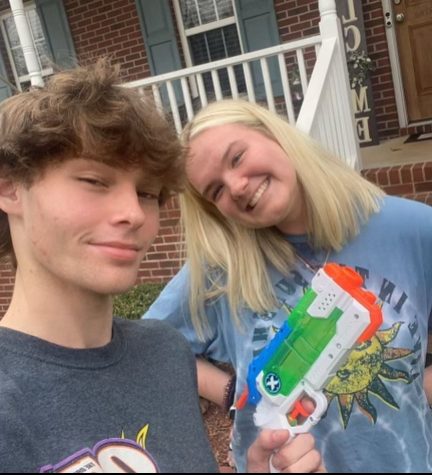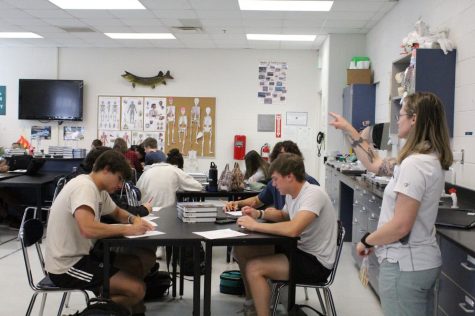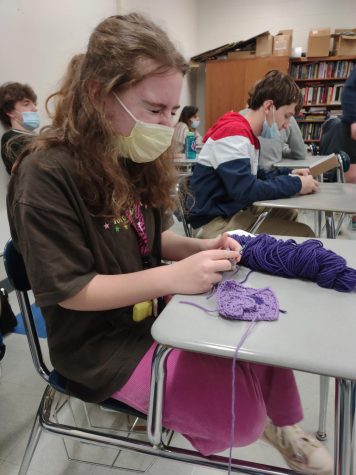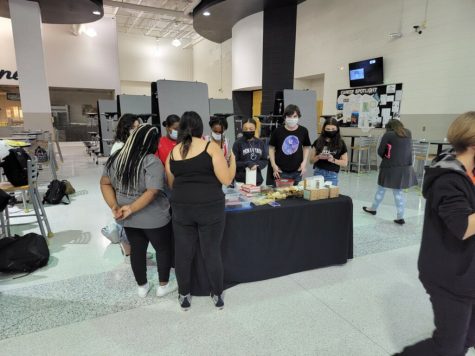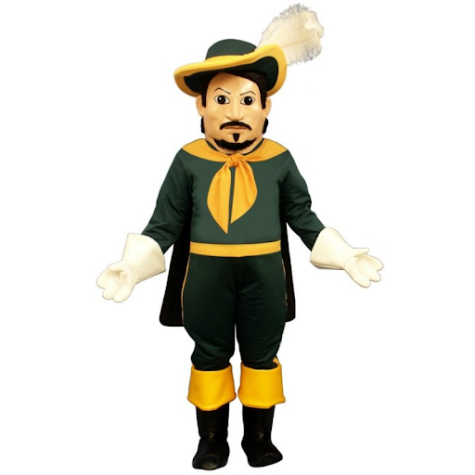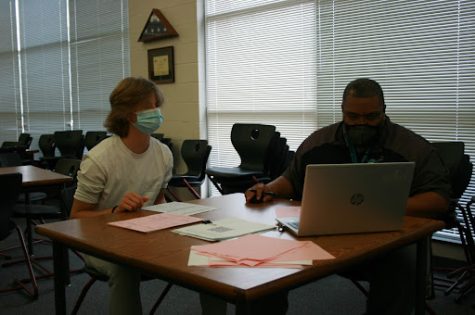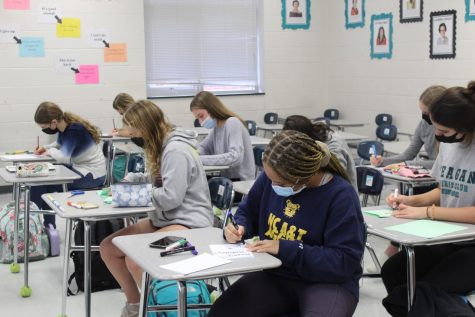Debunking Thanksgiving myths
Real facts about the first Thanksgiving exposed
Thanksgiving is a holiday full of family, food and memories. However, the holiday may not be all that it seems. Many would be surprised to learn that most of the first Thanksgiving stories are myths. Most stories told to young school-age children about the types of food served, the type of clothing worn, and the “friendly” relationship of the Indians and Pilgrims are more twisted than true.
For starters, according to Indian Country Median Network, there was no turkey at the big dinner but rather wild fowl like duck or geese. There also probably were no cranberries on the table because of the high price of sugar. Sweet potatoes and pumpkin pie were not at the original feast either.
We perceive the holiday as the first dinner with our native neighbors, but there is more to Thanksgiving than the traditional meal.
“For the first Thanksgiving, I believe they had chicken, corn, duck, venison, and fish,” senior Mary Baker Turner said. “I believe that they had whatever was around and enjoyed what they had with their friends and family.”
Thanksgiving was not only to celebrate a successful harvest, but also the survival of the pilgrims first year in the New World. According to National Geographic Kids, it was not a friendly feast among the Wampanoag Indians and the pilgrims. The Wampanoag Indians had never been invited.
“I think of the first Thanksgiving as a time of peace and happiness,” said junior Allison Bacon. “The pilgrims and Native Americans probably had a good relationship.”
Though many people believe that Thanksgiving was a peaceful encounter, the truth is that the Wampanoag tribe heard the pilgrims hunting in the woods. This made the Wampanoag chief and 90 of his men make their way over to the pilgrims settlement, ready for war. Once the Wampanoag Indians realized a feast was occurring, they brought back five deer to share. (Indian Median Country)
This feast lasted for three days among the Wampanoag Indians and pilgrims. The peace between the pilgrims and Wampanoag only lasted for a short time. According to National Geographic Kids, today the Wampanoag Indians remember this holiday as a day of betrayal and bloodshed.
Many people don’t learn about the true events that occurred during the holiday. Even though the peace lasted for a short time, it was soon followed by a on-and-off again relationship with the Indians.
Another myth solved by HowStuffWorks.com involves pictures depicting the first Thanksgiving with the pilgrims in steeple black hats with white square-cuffed shirts, while the Indians are barely clothed. However, the Indians were fully clothed in order to fight off the cold, while the pilgrims wore long sleeve button down shirts with flimsy top hats.
Once again the knowledge of the facts behind Thanksgiving has yet to grasp our attention even after so many years celebrating it.
According to HowStuffWorks.com, this holiday was not even celebrated on the fourth Thursday of November like it is today. It most likely occurred somewhere between Sept. 21 and Nov. 11.
Two holidays were declared for Thanksgiving by President Abraham Lincoln in 1863. One was in honor of the Battle of Gettysburg in August and one in November to celebrate America’s blessings. Lincoln hoped that declaring two days of Thanksgiving would unite a country torn apart from the Civil War.
The practice of celebrating a good harvest actually took place more than once before the famously known Thanksgiving. According to HowStuffWorks.com, days of thanksgiving were commonly held in Europe through prayer, not feasting.
This Thanksgiving, I encourage you to remember the truth behind the holiday. Look past the mashed potatoes, gravy, and pie and think about the true meaning of the holiday that has shaped our country for many years.
“Thanksgiving is a time for people to give thanks for what they have and share that thanks with friends and family,” sophomore Lucas Hales said. “We should also remember what the holiday stands for and why we celebrate it every year.”
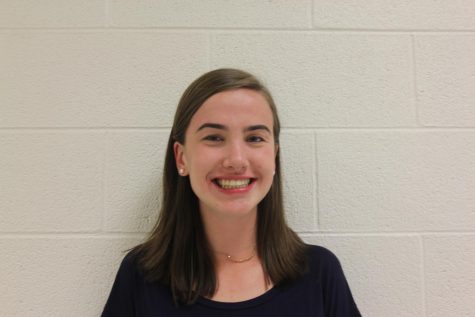
Hi! My name is Molly Mullane and I am currently a junior. This is my second year on the Rooster staff I am the photo editor. I play field hockey and...

